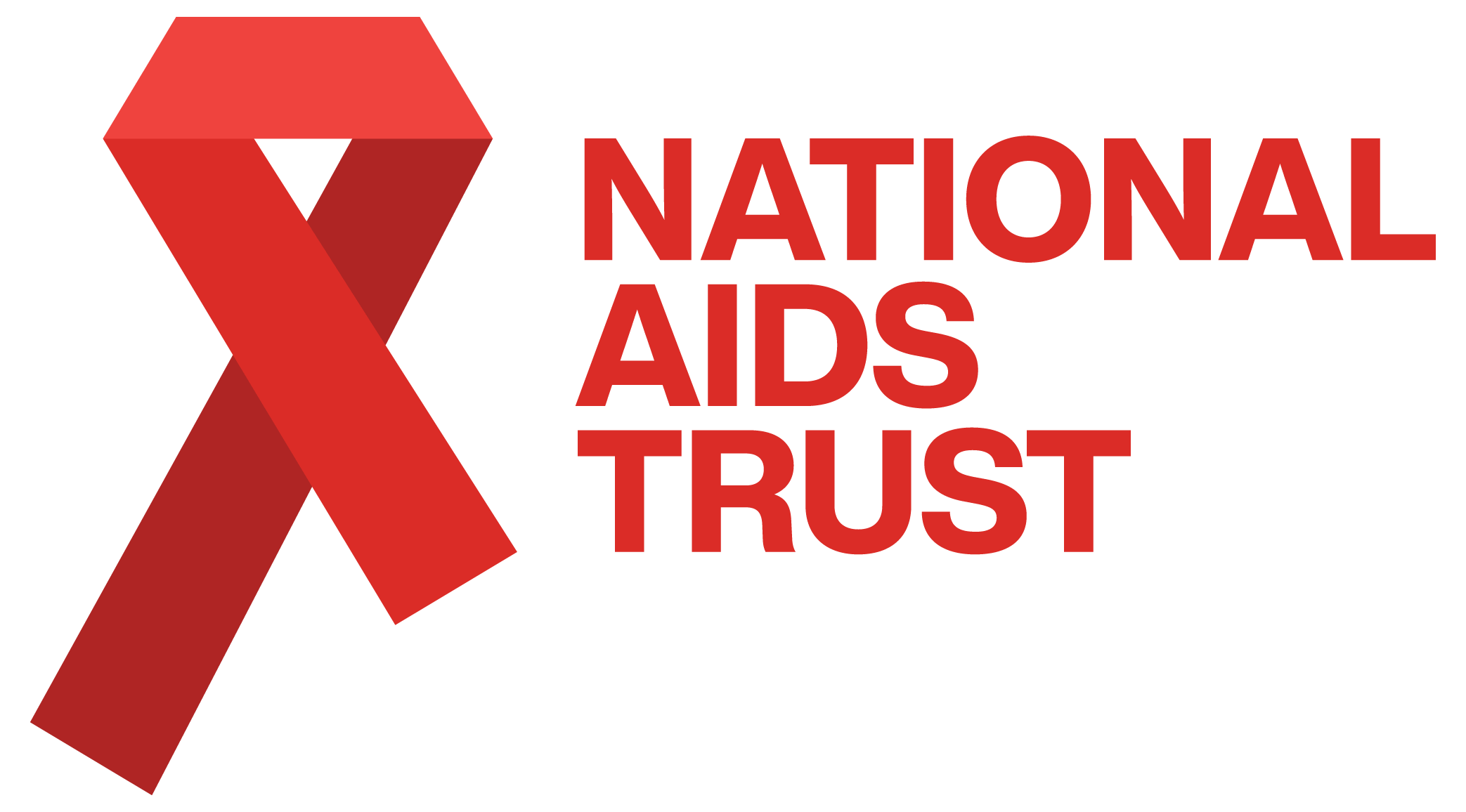Why Data Matters: HIV in Europe

A new paper published in Eurosurveillance today finds that there has been substantial progress towards achieving the global UNAIDS targets across Europe and Central Asia. Despite this, an estimated 1.2 million people living with HIV still have transmissible levels of the virus because they have been unable to access prevention methods, testing or treatment for HIV. This paper is the first output of nearly two years’ work by NAT as part of the Dublin Declaration monitoring team.
The Dublin Declaration Partnership on HIV and AIDS was signed in 2004 by the 55 countries across Europe and Central Asia that make up the WHO European region. It formed a political commitment by the participating countries to prioritise their response to the HIV epidemic in the region and set out a number of actions to accelerate the achievement of this commitment. This commitment has since been reaffirmed by the UN assembly and the European Commission.
High-level political commitments are of course very welcome, but it is only by regularly monitoring country responses to HIV that we can find out what is really happening. ECDC has been responsible for monitoring the Declaration since 2010 and in 2017, NAT, along with independent consultants Alison Brown and Valerie Delpech, won the contract with ECDC to provide support with this process.
How does the monitoring process work?
The Dublin Declaration monitoring process is pretty immense. We began the questionnaire development process in June 2017, with the aims of:
- Producing useful information which can then be used to improve the European and Central Asian response to HIV;
- Reducing the reporting burden on countries by harmonising data collection with other monitoring bodies including UNAIDS and the WHO.
Over six months, we worked together with an advisory group made up of civil society groups, national health authorities and surveillance teams, UNAIDS and WHO to establish monitoring processes for 2018. Data collection took place between January and March, with 52 national health authorities, many working together with civil society organisations, with a reporting rate of 95% (up from 87% in 2016). After validating the reported data in record time, we then met again with our advisory group this October to discuss how we might best analyse the vast quantities of data we had collected.
What have we found out?
With 52 countries responding to up to roughly 400 indicators each, there’s still a lot more for us to find out (and we’ll be publishing reports on testing, migrants, PrEP and much more over the coming months). For now, we’ve focused on country’s performance against UNAIDS’ ambitious targets to help end the HIV epidemic, known as 90-90-90. These targets set out that by 2020, 90% of all people living with HIV should know their status; 90% of those diagnosed should be on treatment, and 90% of those on treatment should be virally supressed.
We found that there has been substantial progress towards achieving the global UNAIDS targets across Europe and Central Asia and improvements have been recognised across all three sub-regions of Western Europe, Central Europe and Eastern Europe (including Central Asian countries). A number of countries (including the UK) have met or exceeded some or all of the 90-90-90 targets. However there are also causes for concern. For example, across Eastern Europe, 76% of people living with HIV are diagnosed but only 34% are accessing treatment. This is highly worrying since lack of access to treatment enables preventable deaths, serious illness and onward transmission. Similarly, analysis of the 1.2 million people in Europe and Central Asia still living with transmissible levels of the virus tells us that almost two-thirds are diagnosed – indicating that rapid and sustained scale up of treatment needs to be an urgent priority, particularly in Central and Eastern Europe.
Why is this important?
These reports will provide vital benchmarking information so countries can measure their progress against others in their region and identify gaps in their response, as well as a useful advocacy tool for people living with HIV and civil society groups to highlight with their governments where improvements are needed.
More than anything, this project has demonstrated to me the vital importance of international collaboration and cooperation to achieve the best outcomes for people living with HIV. I’ve been astonished by the innovative methods different countries are using to address the HIV epidemic in their countries, and witnessed how countries facing similar challenges can learn from each other and adopt each other’s techniques. At a time when many countries, and not least the UK, are going down a path of isolationism, this has served as an important reminder of how much more we can achieve when we work together.
Read our paper 'HIV in Europe and Central Asia: Progress in 2018 towards meeting the UNAIDS 90-90-90 targets' in Eurosurveillance here.


